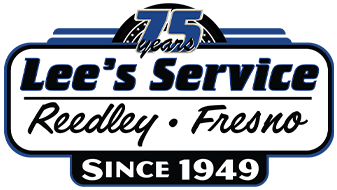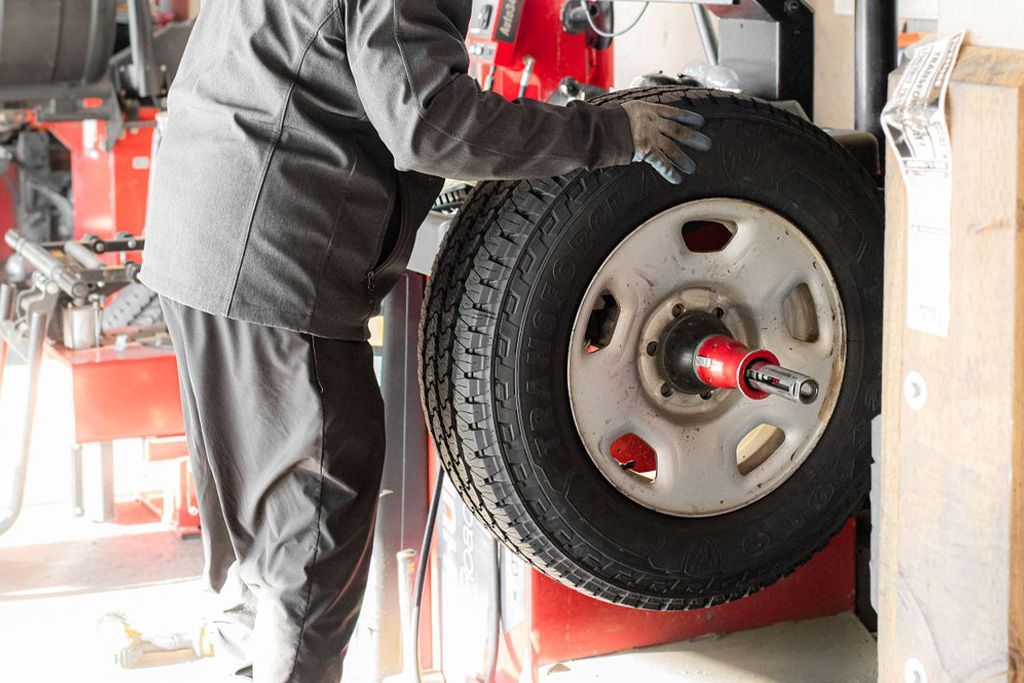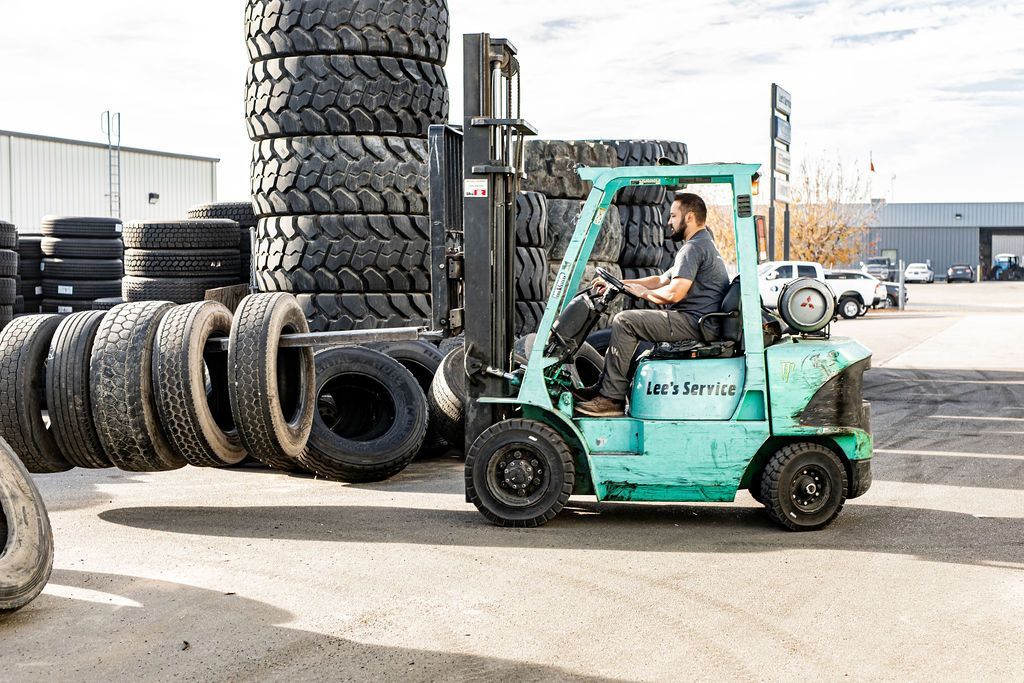Auto Repair Services
Exhaust System Repair
Located on the underside of your vehicle, the exhaust system is responsible for collecting and directing harmful emissions away from
Exhaust System Repair
Located on the underside of your vehicle, the exhaust system is responsible for collecting and directing harmful emissions away from the vehicle, reducing the amount of pollutants released into the environment, and minimizing engine exhaust noise and force. The exhaust system is composed of pipes and tubing designed to streamline vehicle operation while maximizing vehicle performance and efficiency. Engines produce dangerous gases as a byproduct of the combustion process. The exhaust manifold collects the emissions from the engine and funnels the gases through the front pipe to the catalytic converter. The converter transforms these harmful gases, like carbon monoxide, hydrocarbons, and nitrogen oxide, into less harmful ones, like oxygen, nitrogen, water vapor, and carbon dioxide. The muffler helps cancel out the noise created by the engine. The muffler dissipates sound waves while the tailpipe releases the converted gases into the atmosphere.
Benefits of Exhaust System Repair
Depending upon the problem, the exhaust system can affect both your vehicle’s performance and your ability to drive. For these reasons, it is important to keep current with maintenance intervals on your exhaust system. A repair service may be impending if you hear excessively loud noises during acceleration. These noises may be a sign of holes or cracks somewhere in the exhaust system. Rattling noises when starting the vehicle or excessive idling may be a sign of failed or broken hangers. If you feel drowsiness while driving, this may be a serious sign that fumes are leaking through the vents and into the cabin interior. Sharp odors are also signs that noxious fumes are leaking into the vehicle. Signs of rust or cracks in any component of your exhaust system indicate corrosion. If you experience any of these symptoms, you should seek a service sooner than later. Maintaining routine exhaust system services will help keep all your exhaust components, like the exhaust manifold, front pipe, downpipe, catalytic converter, and muffler, working efficiently. Routine maintenance on your exhaust system will save you from having to replace the entire exhaust system down the road.
Lee's Service provides Exhaust System Repair services to Reedley, CA, Fresno, CA, Orange Cove, CA, and other surrounding areas.
Exhaust System Repair Services
Consumer & Commercial Tires, Smog Inspections, and Farm Service Calls.
-
Cars, Trucks and SUV Tires
We Sell Consumer Tires. Car, SUV and Trucks
SEARCH FOR TIRES
-
Commercial Tires
We're More Than Consumer Tires. We Have The Commercial and Agriculture Tires You Need!
ABOUT COMMERCIAL TIRES
Lee's Service Blog

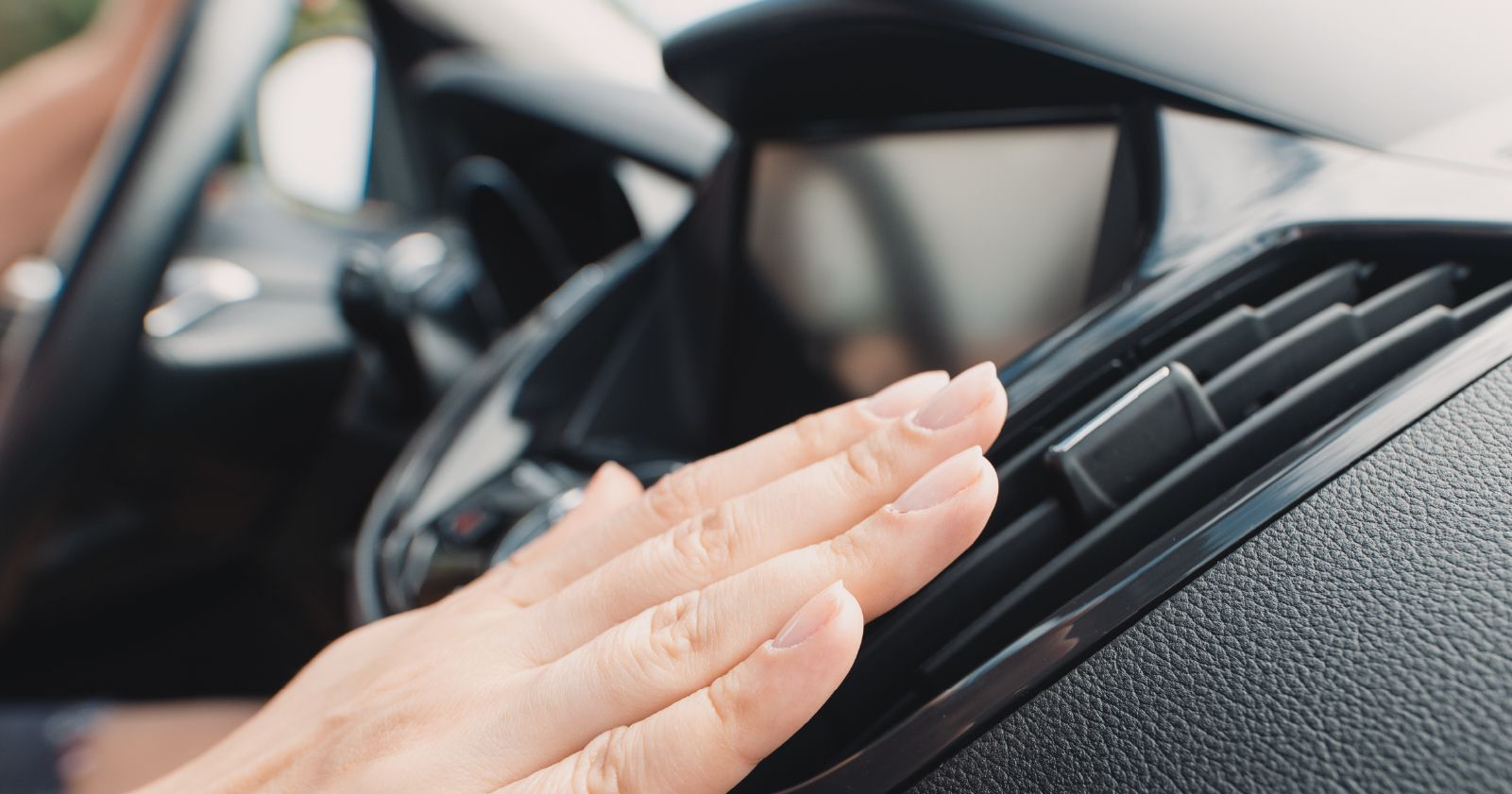
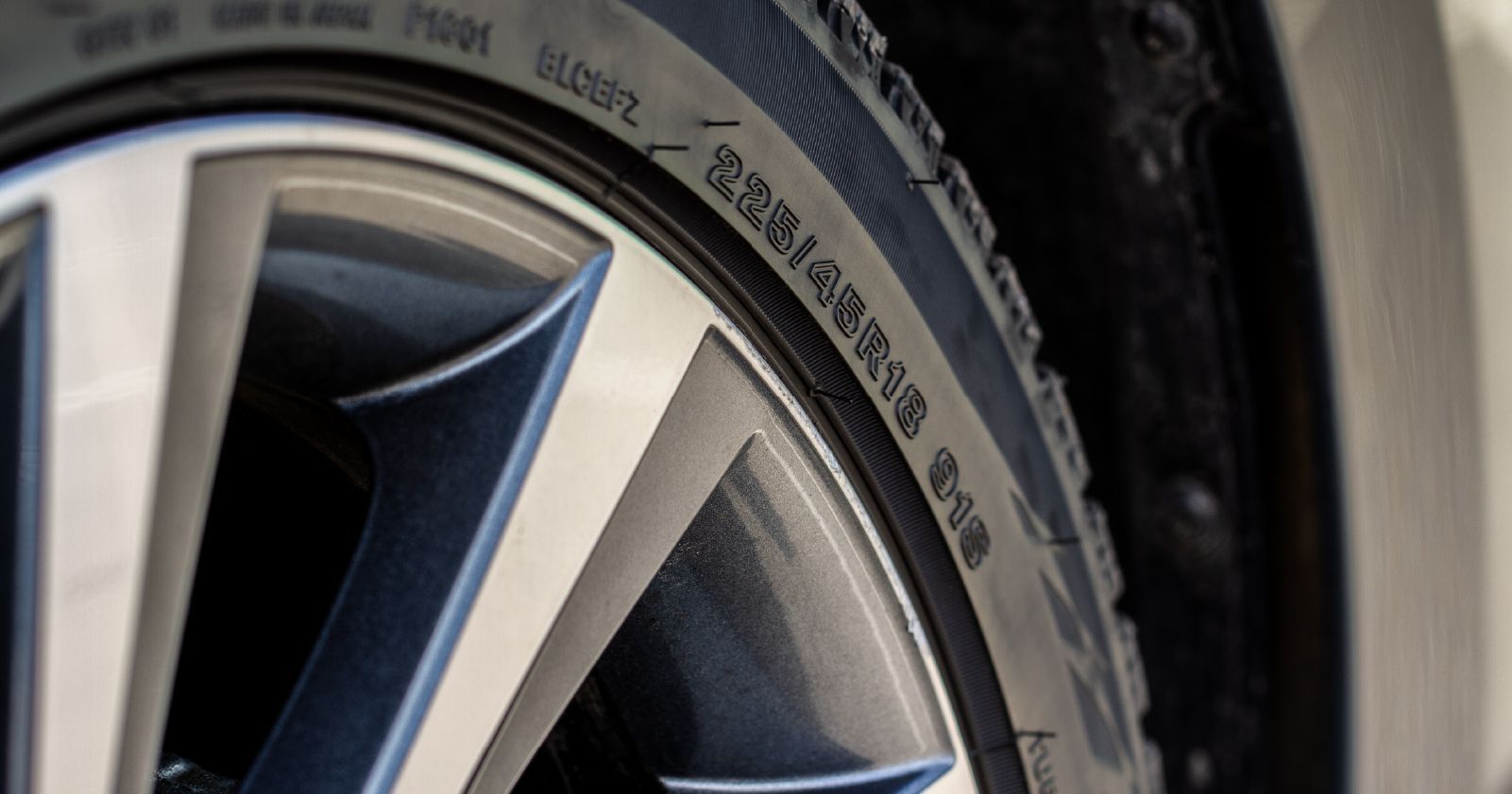
All Services
-
Belts & Hoses
Belts & Hoses
-
Brake Repair
Brake Repair
-
Cooling System Repair
Cooling System Repair
-
Electrical and Electronic Systems
Electrical and Electronic Systems
-
Engine Diagnostics and Performance
Engine Diagnostics and Performance
-
Exhaust System Repair
Exhaust System Repair
-
Lube, Oil & Filter Change
Lube, Oil & Filter Change
-
Preventive Maintenance
Preventive Maintenance
-
Starting, Charging & Batteries
Starting, Charging & Batteries
-
Steering and Suspension System
Steering and Suspension System
-
Tire Pressure Monitoring System (TPMS)
Tire Pressure Monitoring System (TPMS)
-
Tire Services
Tire Services
-
Transmission Repair
Transmission Repair
-
Wheel Alignment
Wheel Alignment
-
Wheel Services
Wheel Services
All Services
-
Belts & Hoses
Belts & Hoses
-
Brake Repair
Brake Repair
-
Cooling System Repair
Cooling System Repair
-
Electrical and Electronic Systems
Electrical and Electronic Systems
-
Engine Diagnostics and Performance
Engine Diagnostics and Performance
-
Exhaust System Repair
Exhaust System Repair
-
Lube, Oil & Filter Change
Lube, Oil & Filter Change
-
Preventive Maintenance
Preventive Maintenance
-
Starting, Charging & Batteries
Starting, Charging & Batteries
-
Steering and Suspension System
Steering and Suspension System
-
Tire Pressure Monitoring System (TPMS)
Tire Pressure Monitoring System (TPMS)
-
Tire Services
Tire Services
-
Transmission Repair
Transmission Repair
-
Wheel Alignment
Wheel Alignment
-
Wheel Services
Wheel Services
REEDLEY
1445 I St, Reedley, CA 93654
559-638-3535
- Mon - Fri
- -
- Saturday
- -
- Sunday
- Closed
Get Directions
FRESNO
5774 Toyota Pl, Fresno, CA 93725
559-276-3535
- Mon - Fri
- -
- Saturday
- -
- Sunday
- Closed

